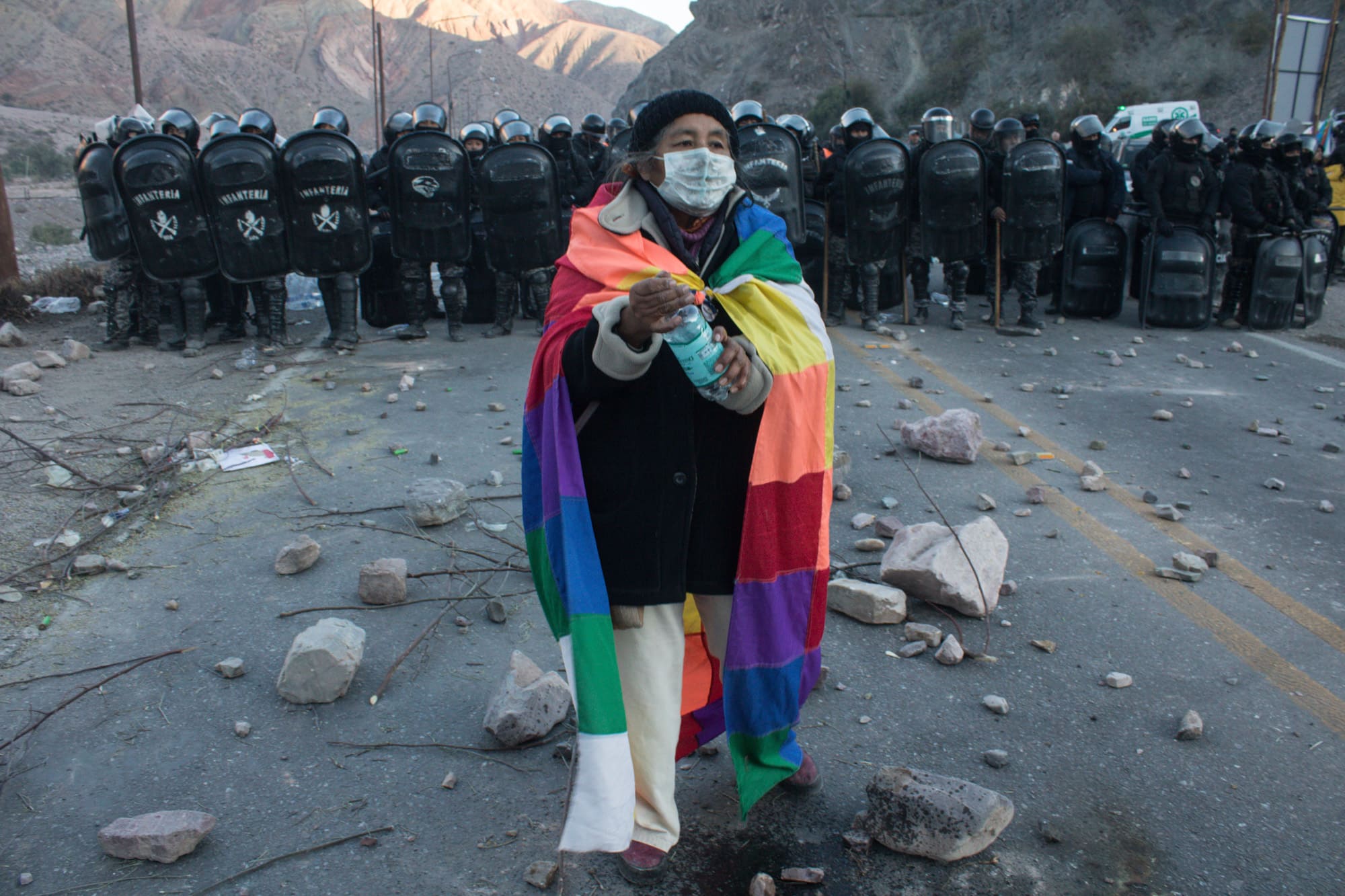
Salt, Water, and Police Repression
The indigenous communities of Jujuy, in northern Argentina, are mobilizing against a constitutional reform that threatens their subsistence. While the new local Constitution is presented as a tool for “social peace” and “development,” it enables the advance of the lithium extractive industry onto ancestral lands and criminalizes social protests. We spoke with photographer Susi Maresca, who has documented the situation of these communities and those in Catamarca, Tucumán, and Salta. All of them are organizing to confront the social and environmental impact of supposedly “clean” energy.
By Alonso Almenara
Susi Maresca has been traveling through the northern provinces of Argentina by public transport for nearly four years. In her backpack, she carries a camera, some canned food, and the essentials needed to fulfill her objective: documenting the impact of mega-mining on indigenous communities like those in Jujuy, which are currently in a state of protest.
“We didn’t expect to encounter these mobilizations,” she recalls. At that time, she was traveling with journalist Camila Parodi, with whom she is developing the project ” La Ruta del Litio, Cartografías de un Saqueo,” which records the environmental and social impact of the lithium extractive industry – the “clean” energy of the future, used in electric car batteries by Elon Musk – in the provinces of Catamarca, Tucumán, Salta, and Jujuy.
The photographer explains that the people of Jujuy are demanding the repeal of the constitutional reform approved on June 20th, which allows the province to take possession of ancestral lands without property titles. The new local Constitution, driven by Governor Gerardo Morales, also grants the regional government control over the water on those lands and, to make matters worse, criminalizes protests. “What the communities are demanding is the recognition of communal ownership and the preservation of their access to water. The problem is that these lands contain lithium, and extracting it requires a lot of water.”
The mobilizations in northern Argentina intensified between mid and late last month and resulted in the detention of dozens of members of social organizations amid police repression. Maresca was present at the protests until June 28th. “They’re still there,” she comments. “They recently announced that on July 24th, they’re going to walk to Buenos Aires. Can you imagine? It’s 1800 kilometers.”
The photographer believes lithium extraction’s negative impacts still have limited coverage in the Argentine media sphere. In her view, this is partly due to how the international press typically portrays lithium: as a safe energy source that will fuel the energy transition of the future. “Proving this isn’t exactly the case will take much work.” But she is determined. In addition to her collaboration with Parodi, they have other lithium-related projects: ” La Sal de la Tierra y Agua para la Vida.” This article includes a selection of photos from those works.
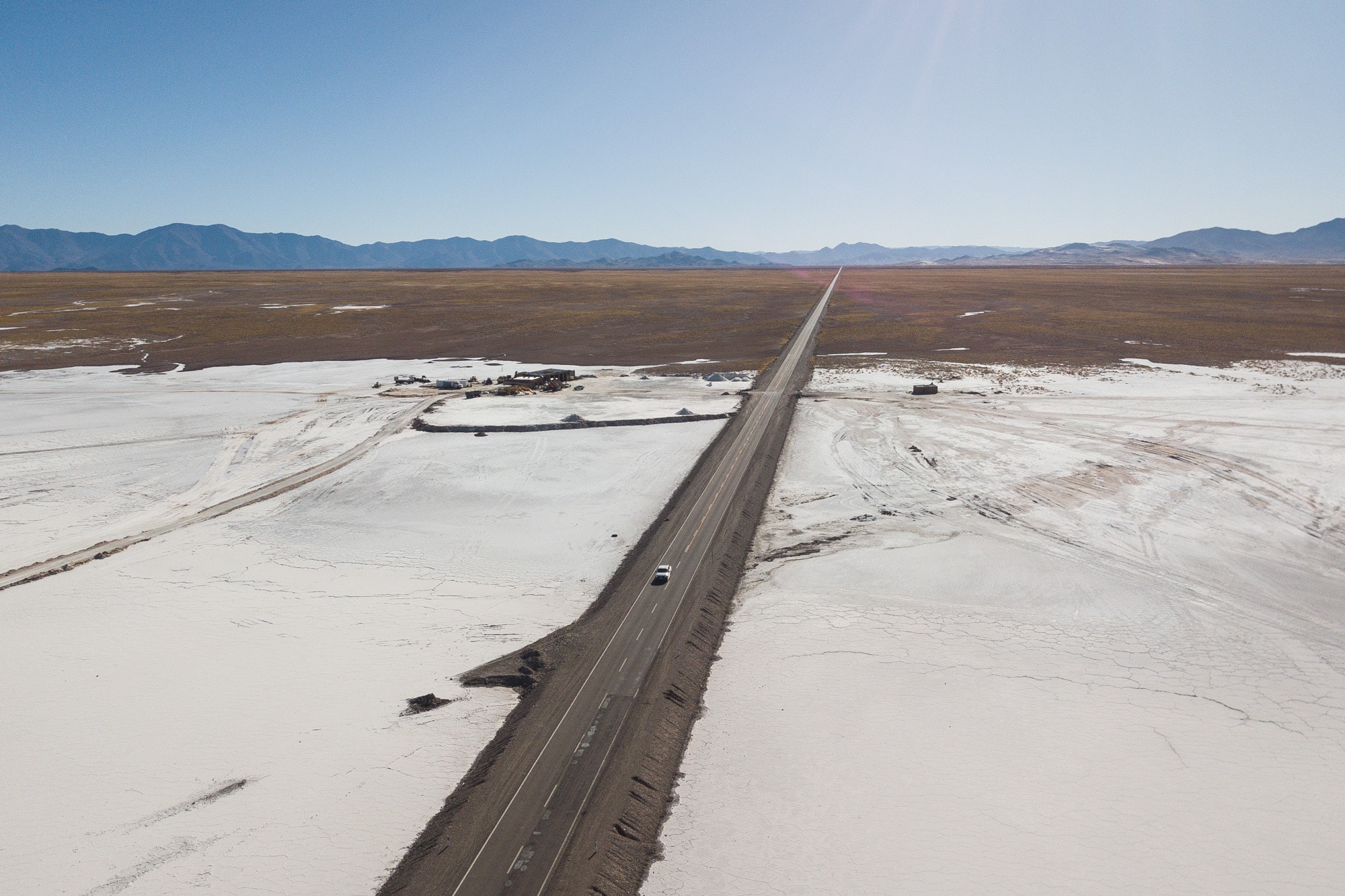
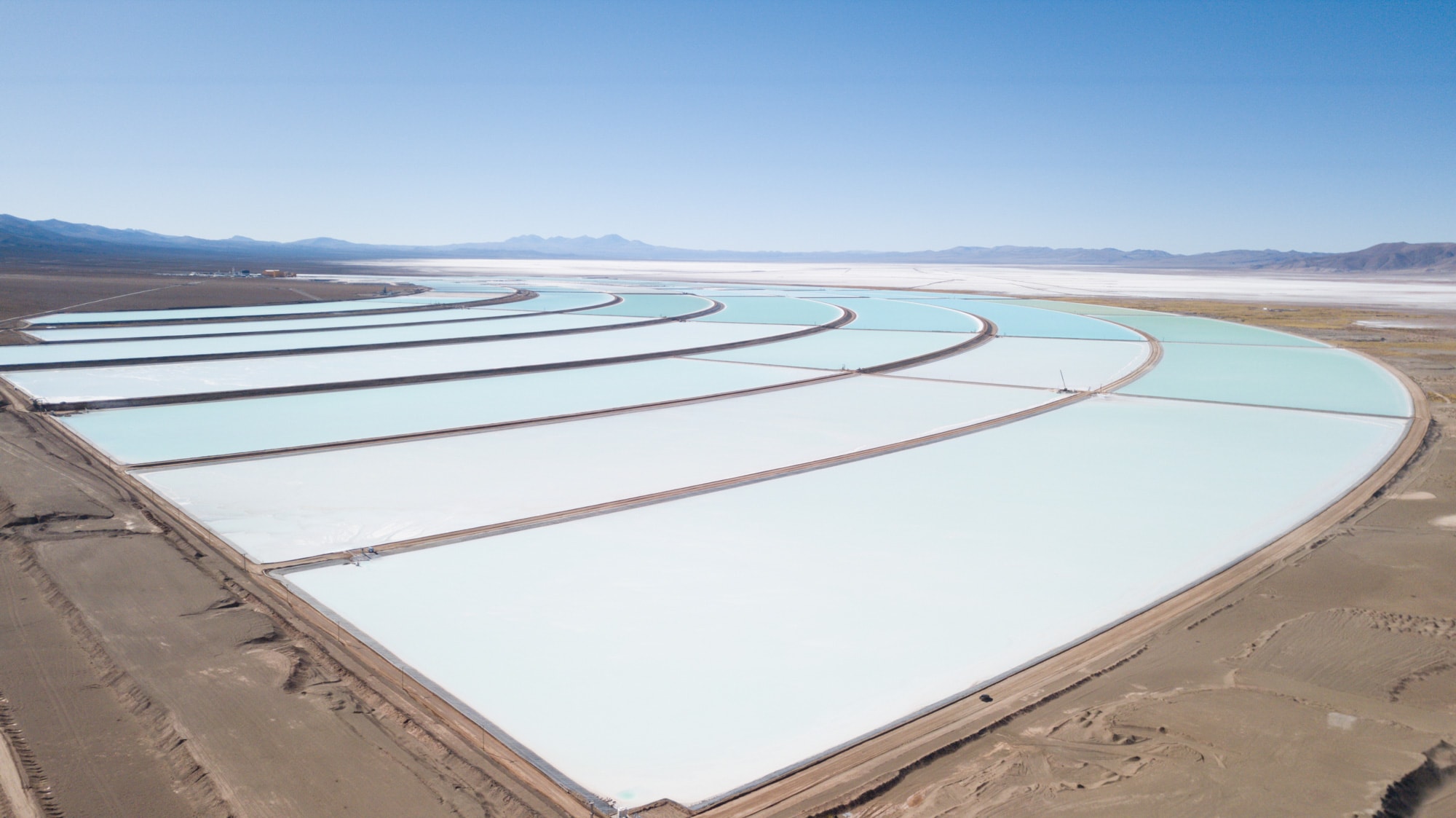
How did you start documenting the issue of lithium mining?
In Argentina, mega-mining has been discussed for many years, but it receives different attention than other types of extractivism, such as agribusiness, which is highly covered in the media. I actually didn’t know much about this until four years ago when I had the opportunity to visit a museum managed by the communities of Laguna Blanca in the province of Catamarca. From that moment, I began to travel and investigate what was happening with mining.
My first real contact with the territory was through socio-environmental assemblies, groups of neighbors fighting for water. I first traveled to Ancasti, in the south of Catamarca, and there I learned about a lithium project in rock: a less-known form of exploitation that impacts water and the mountains. Then I continued traveling to Andalgalá, where I encountered a highly organized population. There, I began documenting the situation of these people, the reasons for their struggle, what is being lost in all of this, and what mega-mining means in their lives.
While I was there, I learned that other communities were being impacted by mining in the Salar del Hombre Muerto, located in the province of Antofagasta de la Sierra. That is how the essay “Salt of the Earth” emerged, focusing on lithium extraction from brine. I didn’t know the consequences and significance of this type of mining. I had always read that this type of exploitation is sustainable or less damaging than mining mountains. That’s not true. Millions of liters of water per minute are needed to separate the liquid from the salt. And we’re talking about the Argentine puna, a semi-desert region where it hardly rains throughout the year, and most of the water reserves come from underground wells.
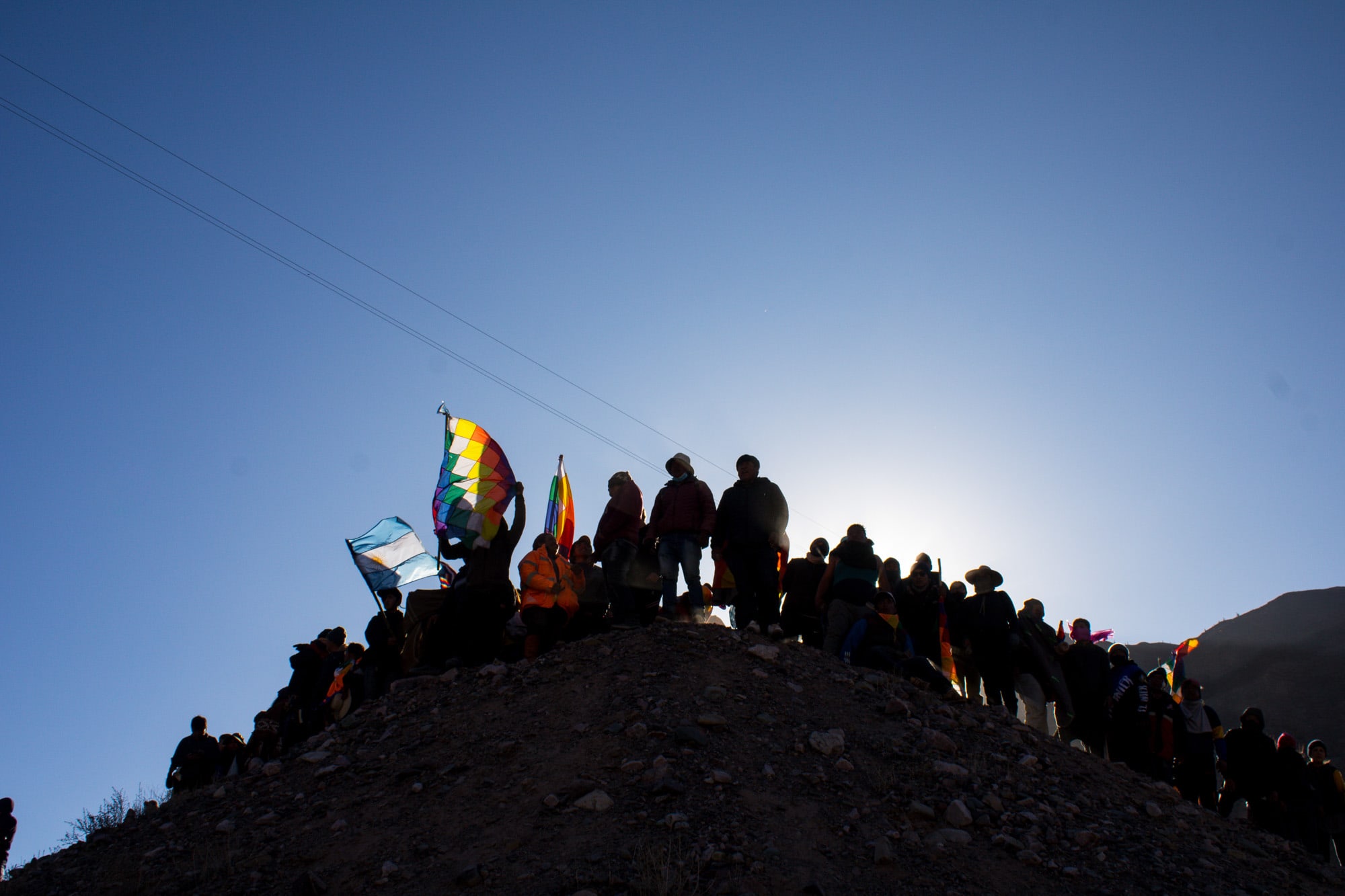
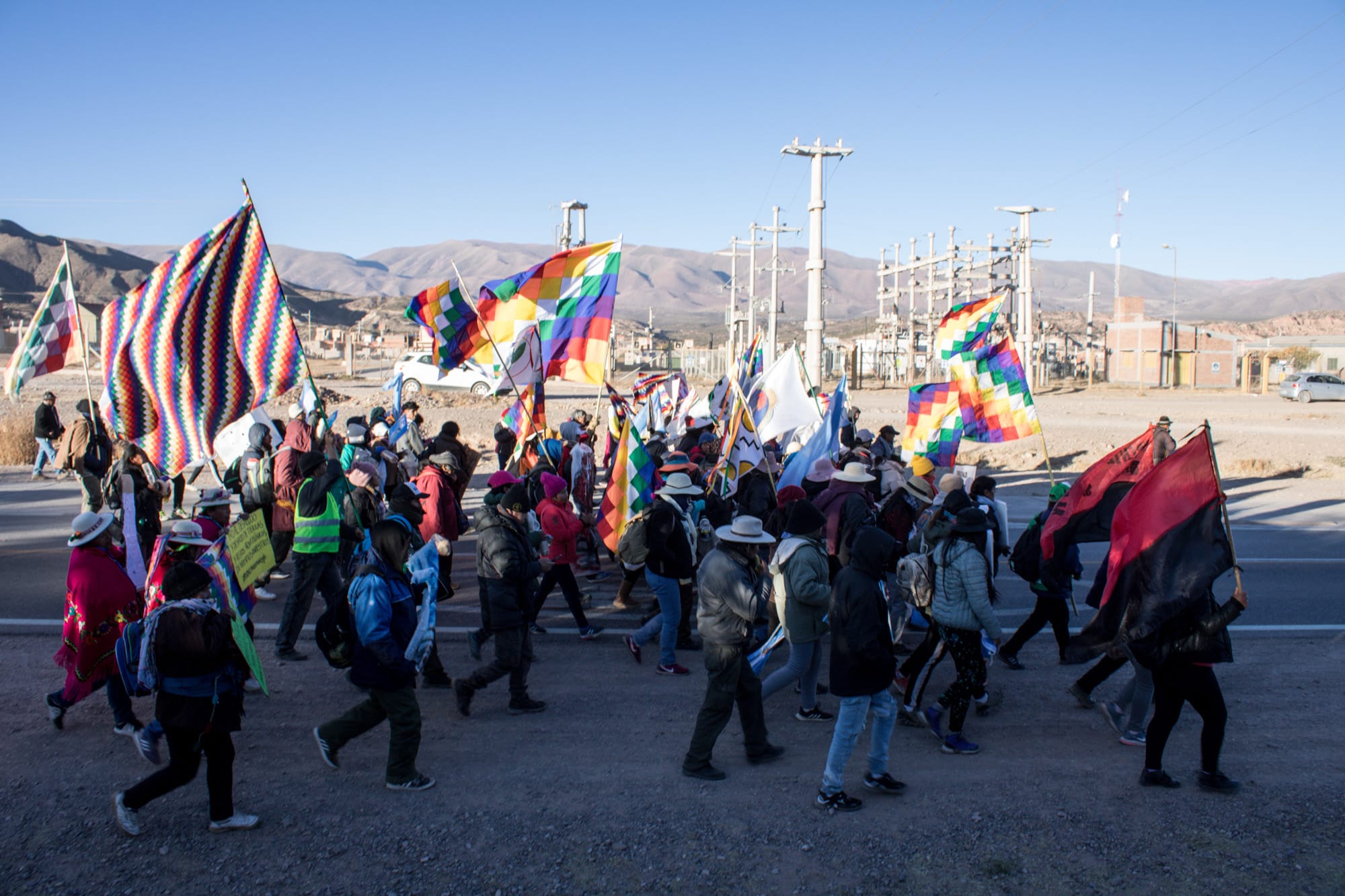
What is the current situation of the communities in Catamarca?
The first populations affected by mega-mining are the indigenous communities: those preexisting in the State, with thousands of years of cultivating traditions and ways of life that are impacted by this economic activity. The mining companies that have established themselves in the Salar del Hombre Muerto have disrupted all activities of these communities related to salt. When I first arrived, I was surprised not to see any salt. That represents an immediate environmental impact because salt is a key factor in maintaining the balance of that ecosystem.
Antofagasta de la Sierra has a unique feature where the entire journey, about nine hours by bus from Belén, is surrounded by two volcanoes. When one arrives, there’s a sense that the world began there. However, all that harmony and biodiversity are affected by excessive water consumption. Not only freshwater from underground wells but also saltwater that maintains that equilibrium.
I want to discuss the connection between lithium exploitation and what’s happening in Jujuy.
When I started documenting lithium mining in 2020, lithium was just beginning to be promoted as part of the new energy transition aimed at moving away from hydrocarbons. There are several issues with this notion. Excessive water usage is one of them. Moreover, lithium is not just for making car batteries; it’s used in robotics, space technology, pharmaceuticals, agrochemicals, and warfare machinery. It has many uses, some of which are questionable, but this is whitewashed by talking about car batteries and energy transition.
The fact is that the lithium extractive industry has grown significantly in recent years. Those initial projects, only two per salt flat in the 1990s, have transformed into eight or nine. Jujuy is one of the affected provinces. Unlike Catamarca, it has a substantial indigenous population. In Catamarca, the distances are so vast and the communities so small that it’s very challenging to come together to coordinate the fight. They’re quickly subjected to legal actions, criminal cases are fabricated against them, and they are silenced.
The problem in Jujuy is that resistance has become very difficult since the modification of the constitution. The crux of the matter is that the Argentine Constitution of 1994 gives a free pass to all multinational companies to extract soil resources without limits, offering only a 3% royalty. However, it also acknowledges the preexistence of indigenous peoples. On the other hand, Argentina adheres to ILO Convention 169, a law that supersedes national law and stipulates that in the face of any advancement by an extractive company, indigenous peoples must be consulted if it occurs within their ancestral lands.
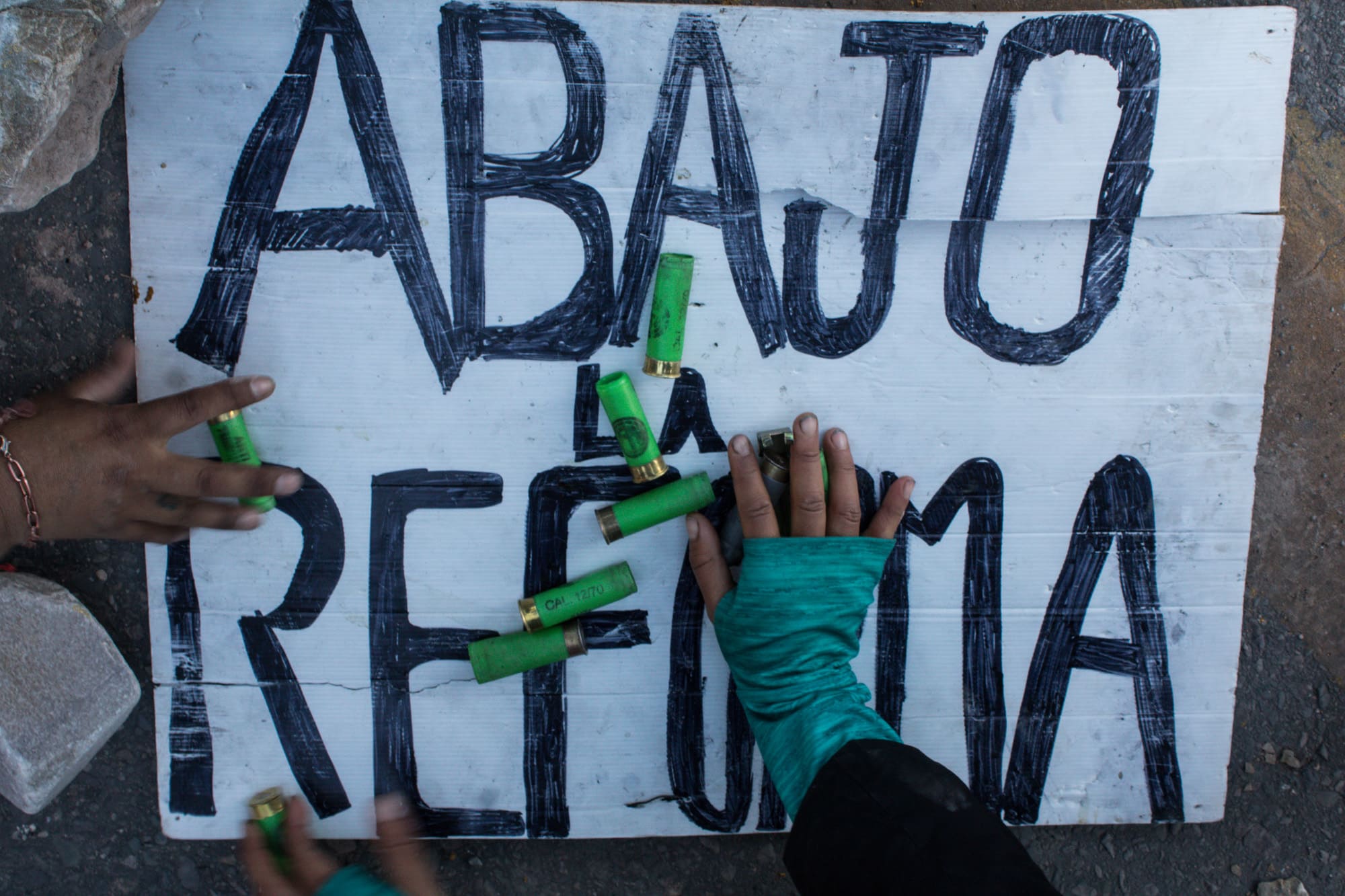
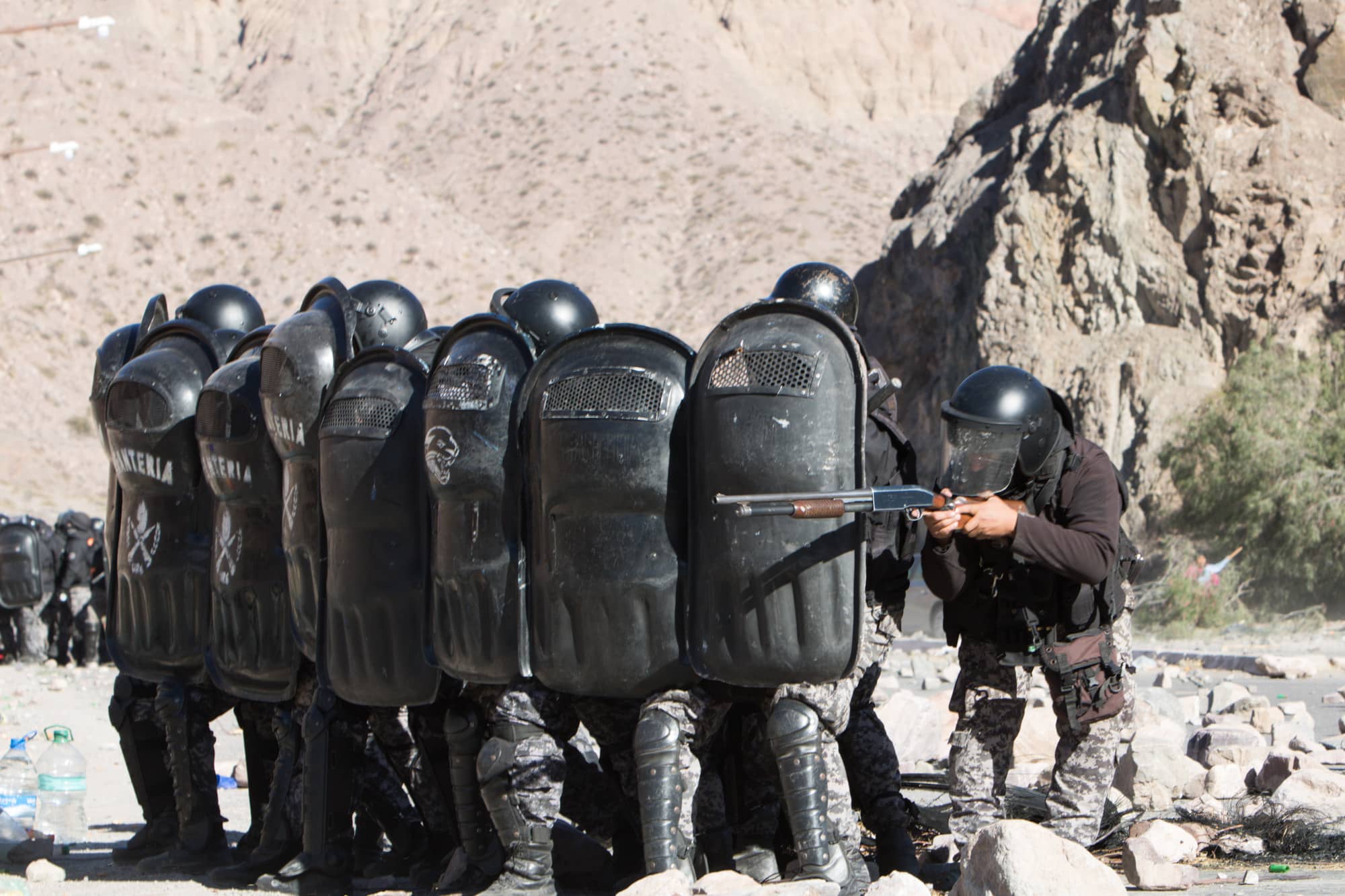
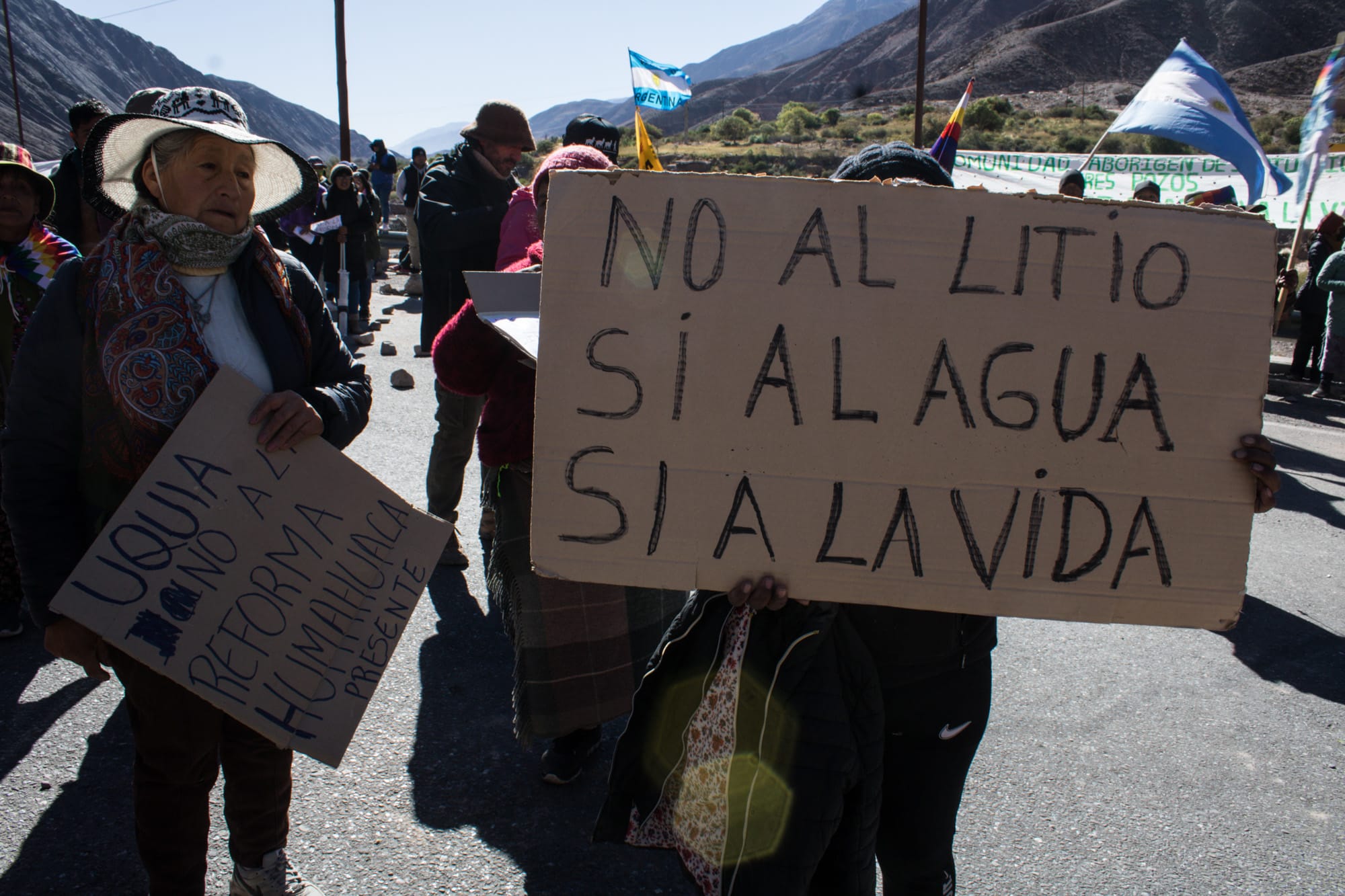
In Jujuy, what is happening is that the provincial law is being modified above the national law through a constitutional reform that came into effect on June 20th. That gives the governor absolute authority over the waters of the entire province and implies the displacement of communities from their original places to other areas.
Essentially, they are trying to encroach upon their ancestral lands because there is lithium there. That has happened in other provinces, but they encountered communities organized around salt here. Salinas Grandes, the salt flat in Jujuy, still has salt. And these families, numbering 130, are organized in worker cooperatives and make a living from salt. They use it for human consumption and export it to Paraguay and Brazil, where it is used for pickling and other products.
Within these cooperatives, they explain that they process the salt while allowing enough time to regenerate. They work it just as their grandparents and great-grandparents did. That doesn’t happen with companies that extract resources irresponsibly. What gives me a glimmer of hope is that, from what I’ve seen, these people are determined, and the company won’t find it easy to interfere with an organized community in a salt flat where these people rely on that.
In fact, behind Salinas Grandes, these individuals have a freshwater spring, which is one of their most precious assets. It’s almost like a deity. What the communities are doing is preserving this freshwater spring because it is what sustains life in that place.
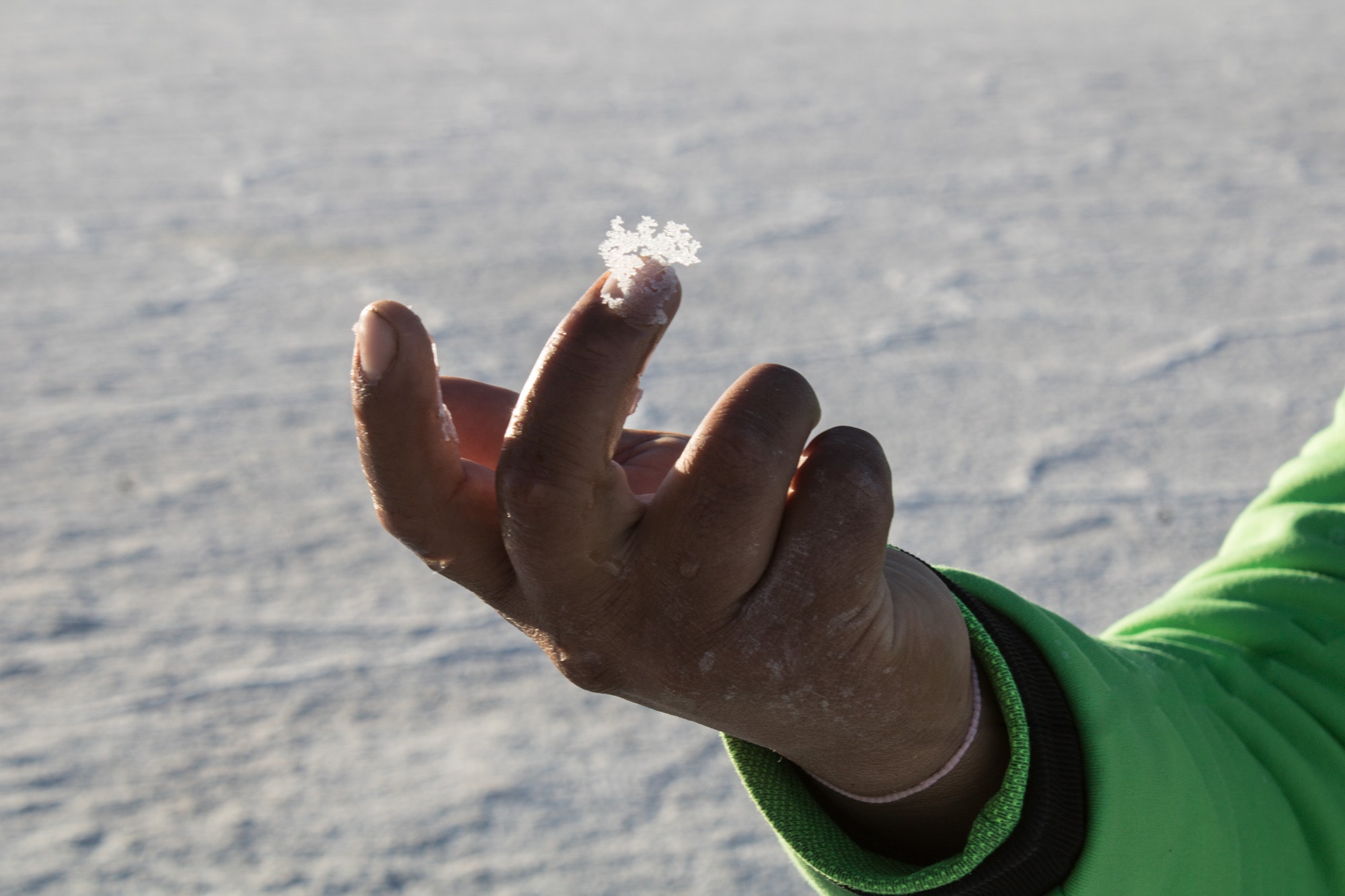
How do you feel this will end?
This onslaught is reminiscent of the colonial era. These are companies that have no scruples. Every day, I receive audio messages, videos, and calls documenting the persecution people face throughout the provinces of Catamarca. I was there for 25 days in 2021, and during my stay, 14 people were taken to court for defending water.
Verónica Gostissa, an environmental lawyer, recently told me that Bolivia, Chile, and Argentina don’t form the true lithium triangle, the countries with the most lithium in the world, but rather the conspiracy between multinational extractive companies and the state and security forces. That’s what enables the reckless extraction of lithium to function as it does. Go to the Salar de Olaroz, 200 km from Salinas Grandes in Jujuy. You’ll see what they are capable of: it’s kilometers and kilometers of nothing but evaporation ponds, nothing else. There’s no salt, no water, no communities. And they want to do the same thing in other places.
Ultimately, they show that specific populations are worth more to them than others. Some populations are expendable so that minority populations can live sustainably or transition to clean energy. I’m not very hopeful about the current government’s stance; I don’t see a willingness to limit the advance of these companies. Two years ago, I received brochures promoting Argentine lithium in Canada. The potential extraction sites were presented as if they were talking about candy. What I am sure of, though, is that at least the population of Jujuy is determined to resist death, no matter what. If their way of life is taken from them, if their water is taken, they lose absolutely everything: their textiles, their animals, their ceremonies, their worldview.


